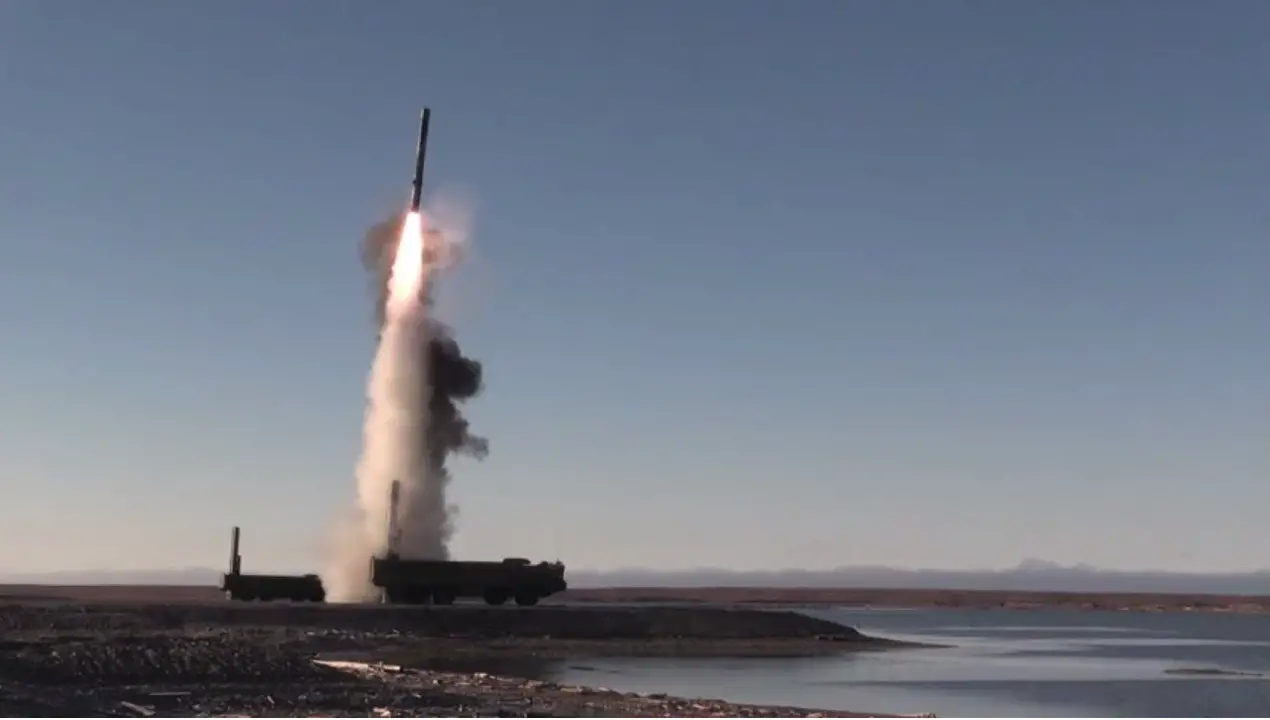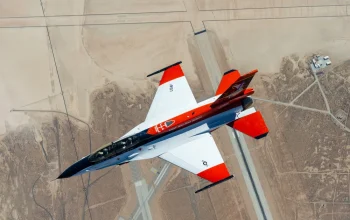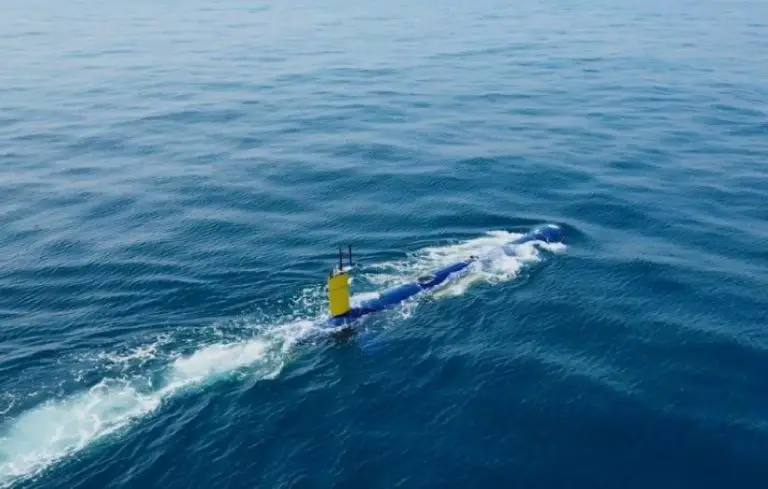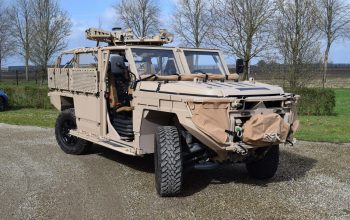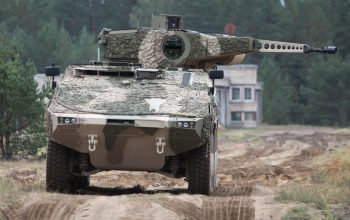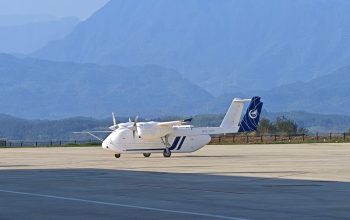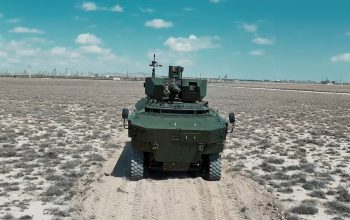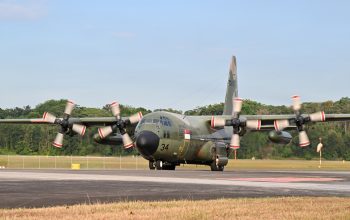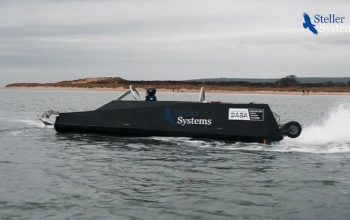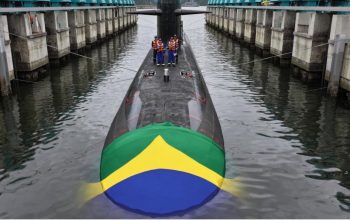Video footage released on Wednesday features a K-300P Bastion-P Onyx mobile coastal defence missile system which was used for the first time during the Russian Northern fleet’s military exercises in the Arctic. P-800 Onyx missile from Bastion coastal missile, which can travel at speeds of up to 1,980mph, shooting up in the air and then gliding above the sea towards a mock target designed to simulate a group of hostile ships. On 26 September, Ministry of Defence of the Russian Federation has announced that Northern Fleet to use Bastion coastal missile system at the Arctic exercise on Kotelny Island for the first time.
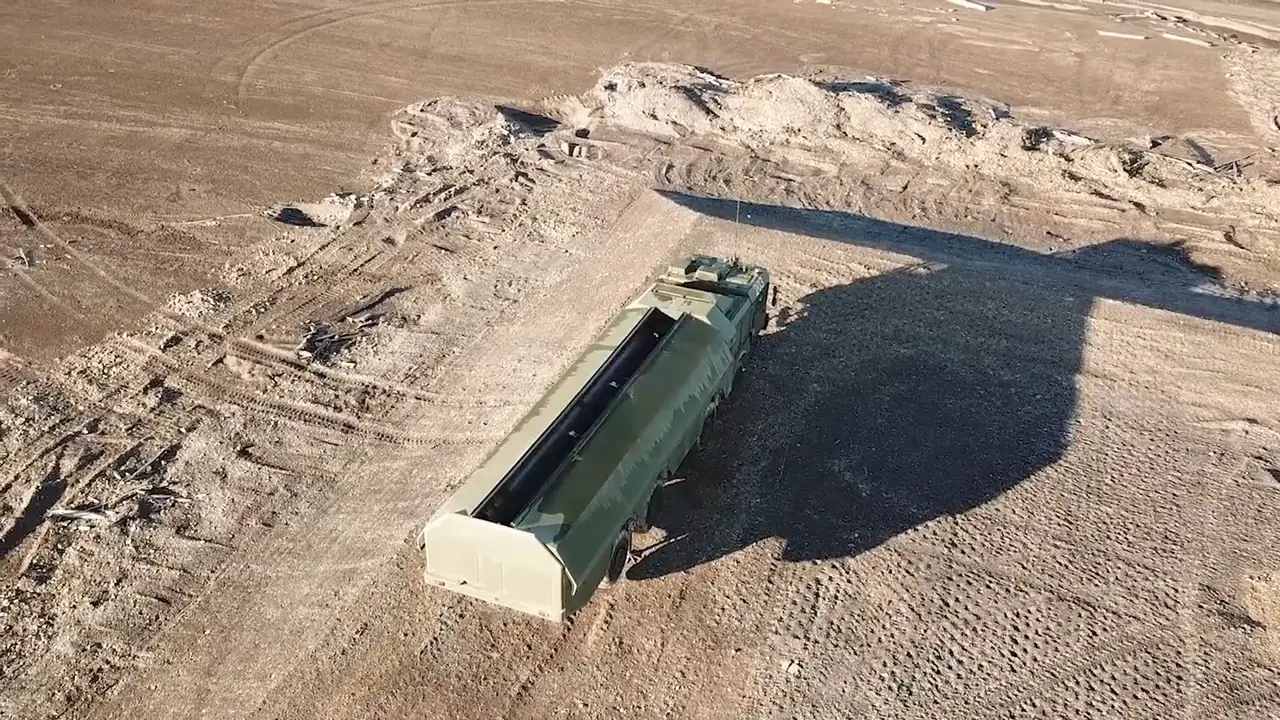
The main role of the Bastion-P is to engage surface ships including carrier battle groups, convoys, and landing craft. A typical battery is composed of 1-2 command and control vehicles based on the Kamaz 43101 6×6 truck, one support vehicle, four launcher vehicles based on the MZKT-7930 8×8 chassis each operated by a 3-man crew and holding two missiles, and four loader vehicles; launcher vehicles can be located up to 25 km (16 mi) away from the C2 vehicles. Upon halting, missiles can be readied for firing within five minutes, and both fired in 2-5 second intervals. The mobile launcher can remain on active standby over a period of 3–5 days, or up to 30 days when accompanied by a combat duty support vehicle.
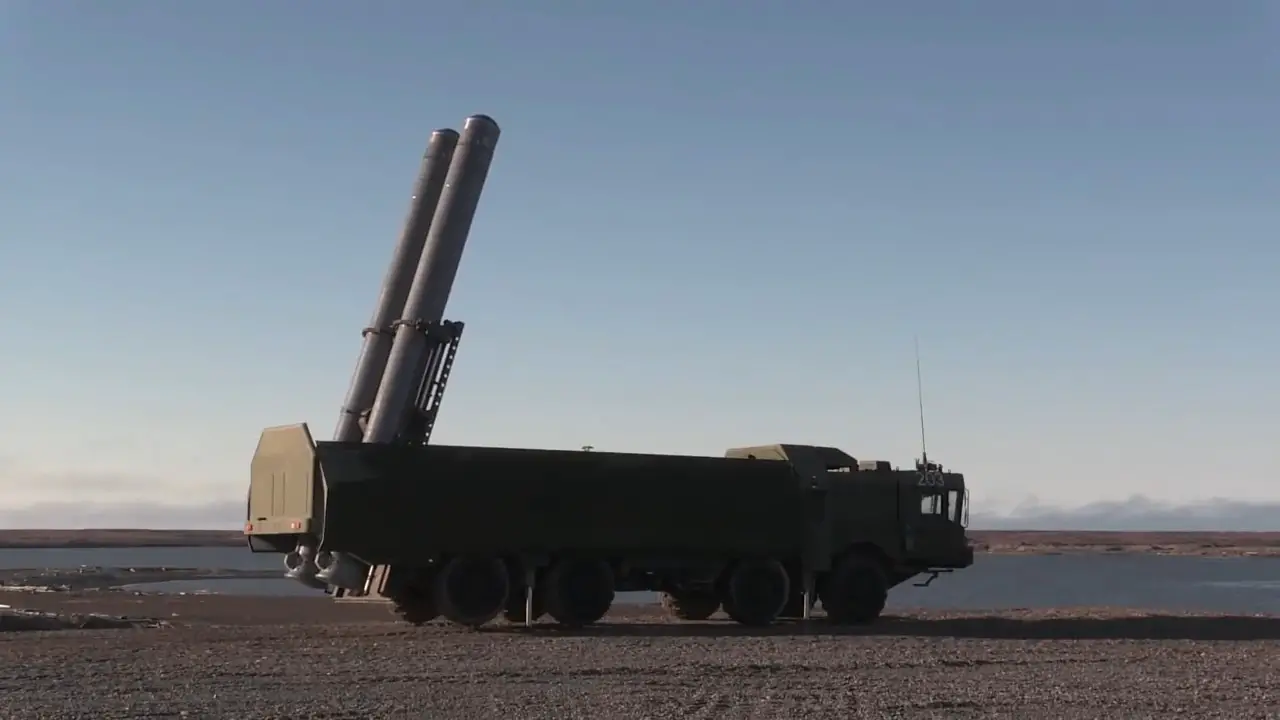
The missile used by the Bastion-P is the P-800 Oniks, a supersonic anti-ship missile with a 200–250 kg (440–550 lb) warhead. They are fired vertically from the launchers using a solid-fuel rocket booster for initial acceleration, then use a liquid-fuel ramjet for sustained cruising at Mach 2.5. The Oniks/Yakhont’s maximum range varies at 120–300 km (75–186 mi; 65–162 nmi) using a low-low or hi-low flight trajectory respectively. Using GLONASS at the initial flight stage and active radar guidance when approaching a target, the missile can fly to an altitude of 14,000 m (46,000 ft) before descending to sea-skimming altitude of 5 m at the final stage, useful up to sea state 7.
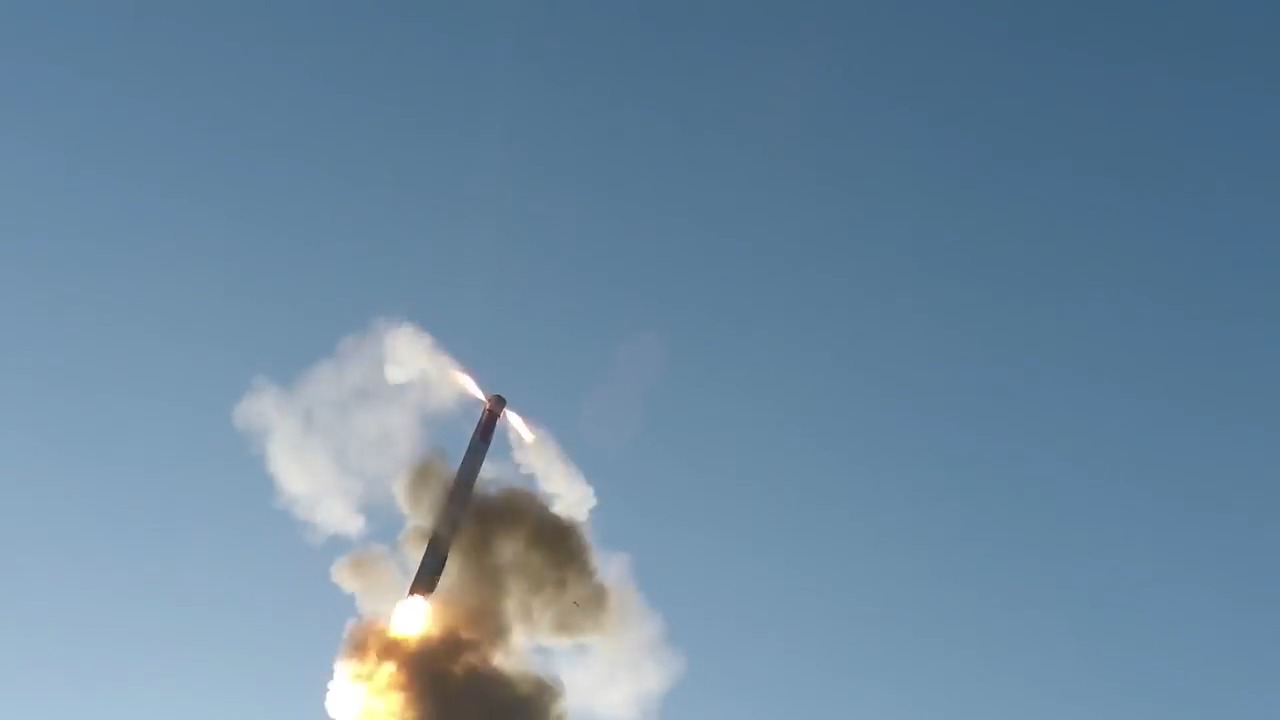
On 15 March 2015, it was reported that Russia had deployed the system on the Crimea. Silo-based missile complex should be deployed on Object 100 by 2020. On 15 November 2016, Russia announced it had deployed K-300P Bastion-P systems to Syria, where it fired Oniks missiles at land targets[ as part of the Russian military intervention in Syria, demonstrating a previously undisclosed land attack capability for the coastal defense system; the P-800 uses a combination of autopilot, INS, and a radio altimeter for mid-course guidance and a monopulse dual-mode active/passive seeker for terminal guidance. Modified software in the Bastion’s guidance system enables the missiles to dive onto stationary land targets, striking programmed coordinates.
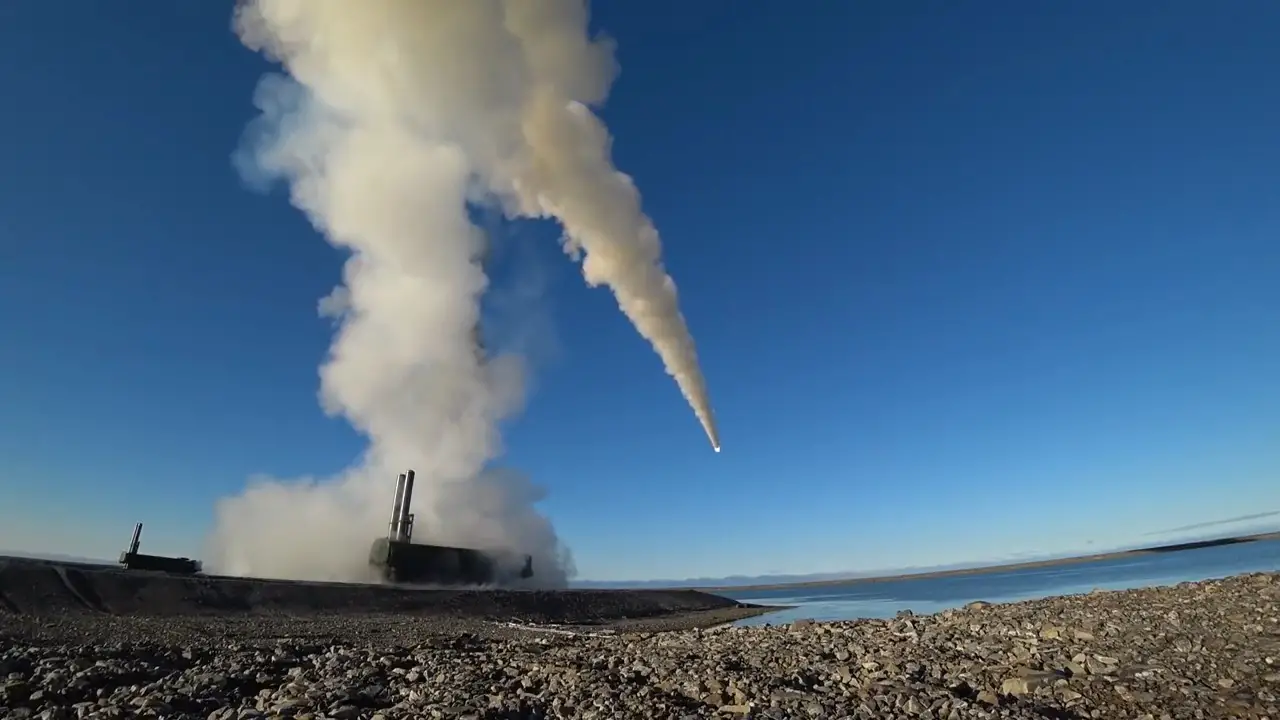
Russian Navy K-300P Bastion-P Missile System successfully tested in the Arctic
